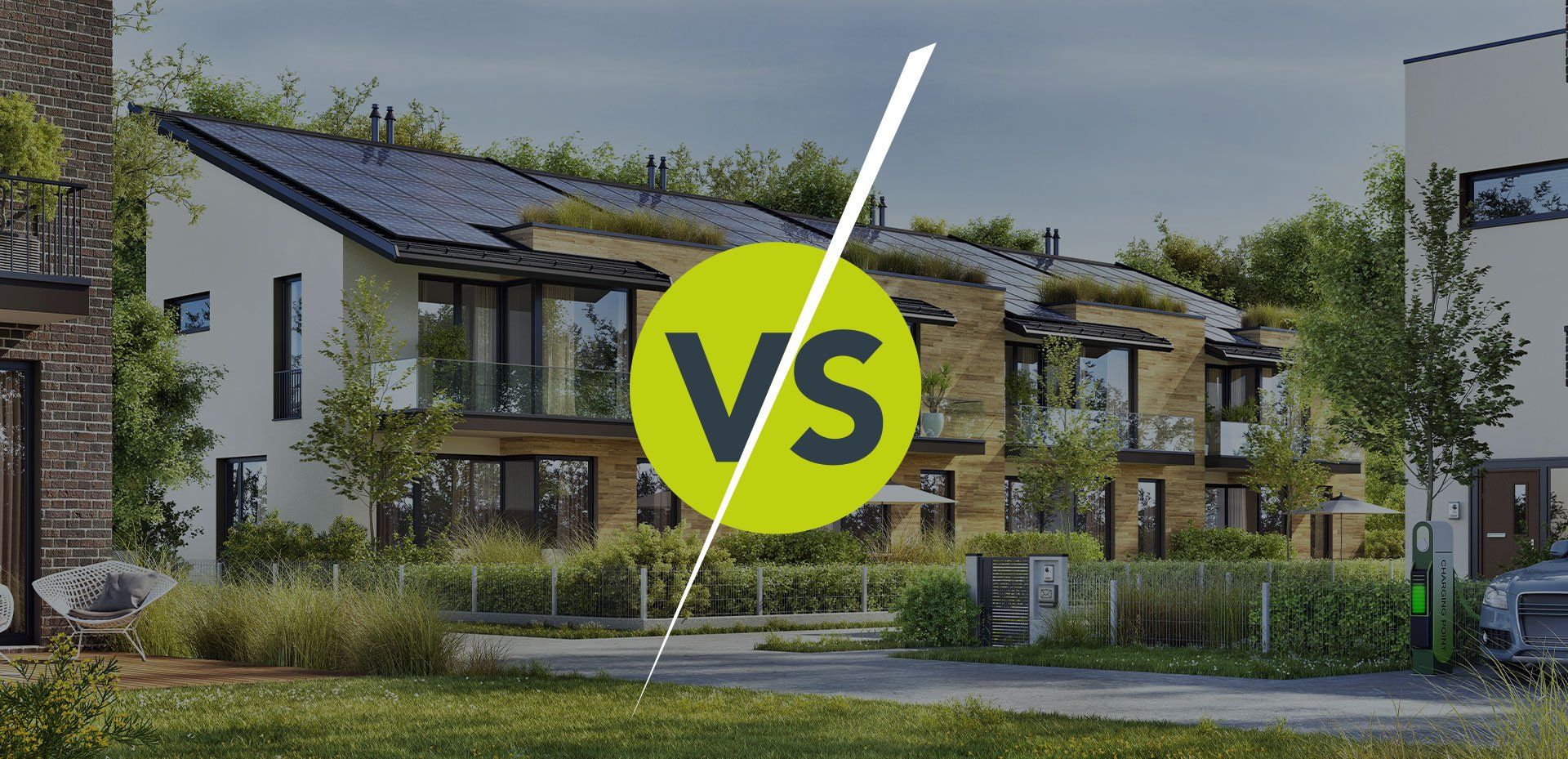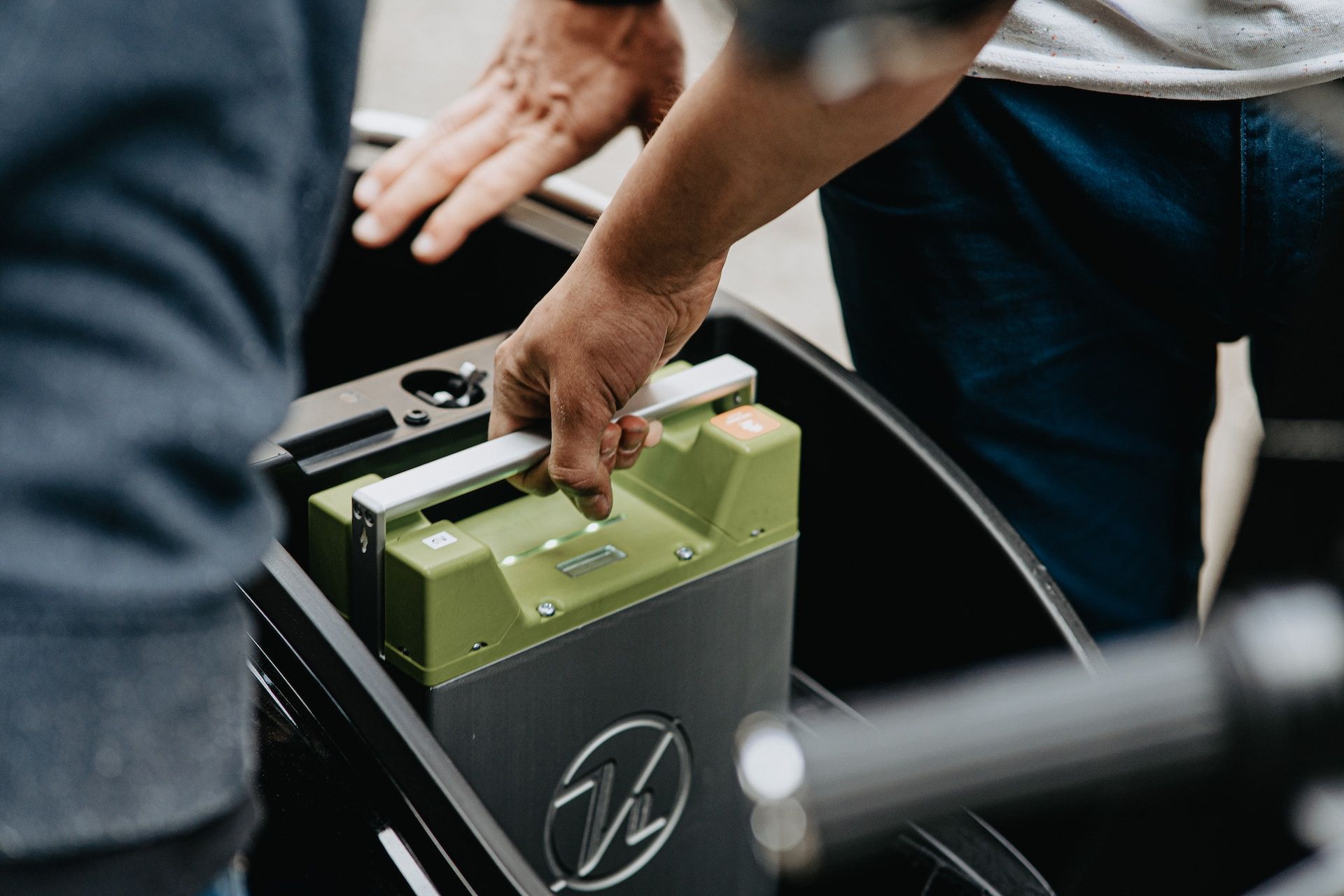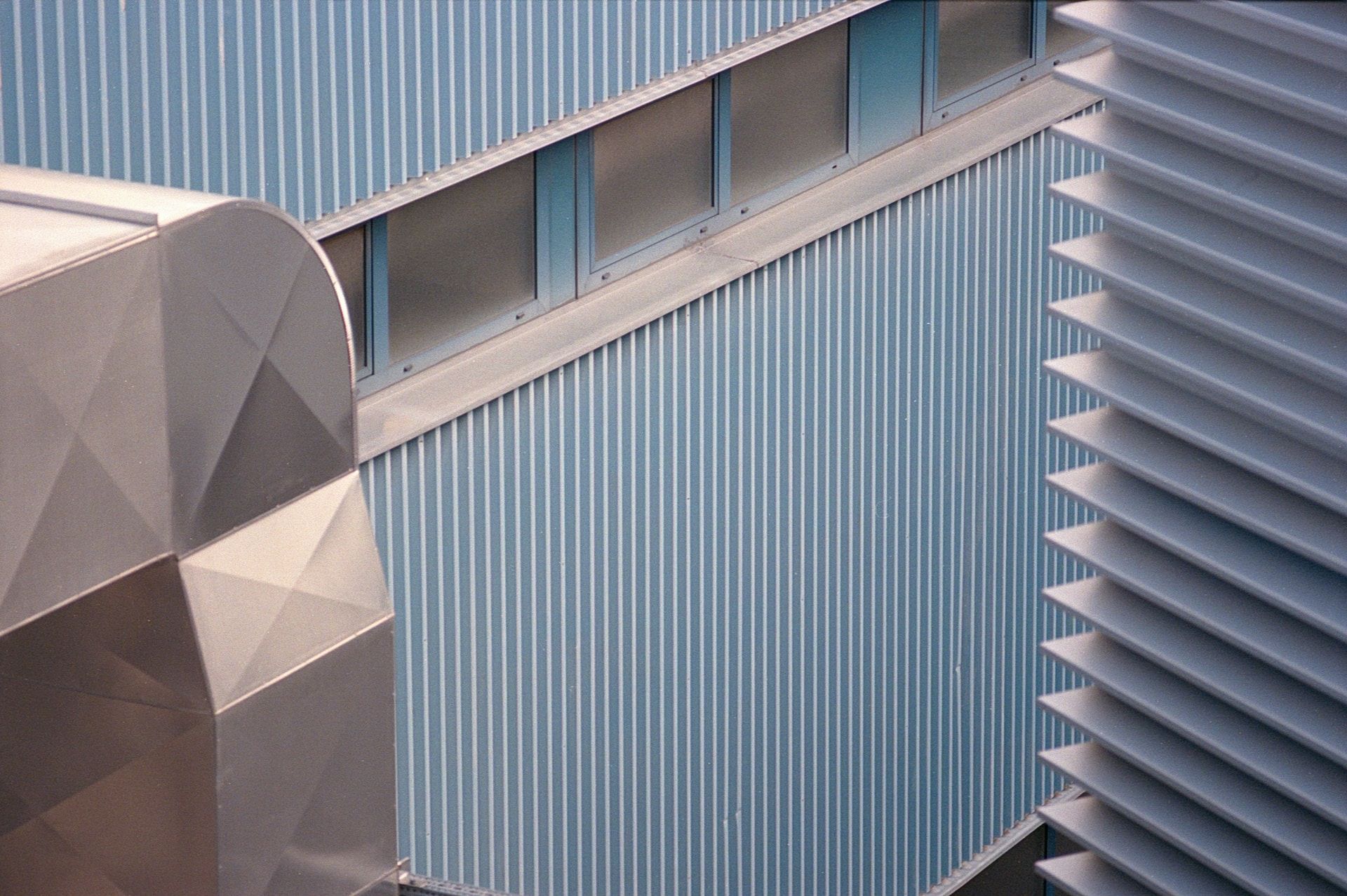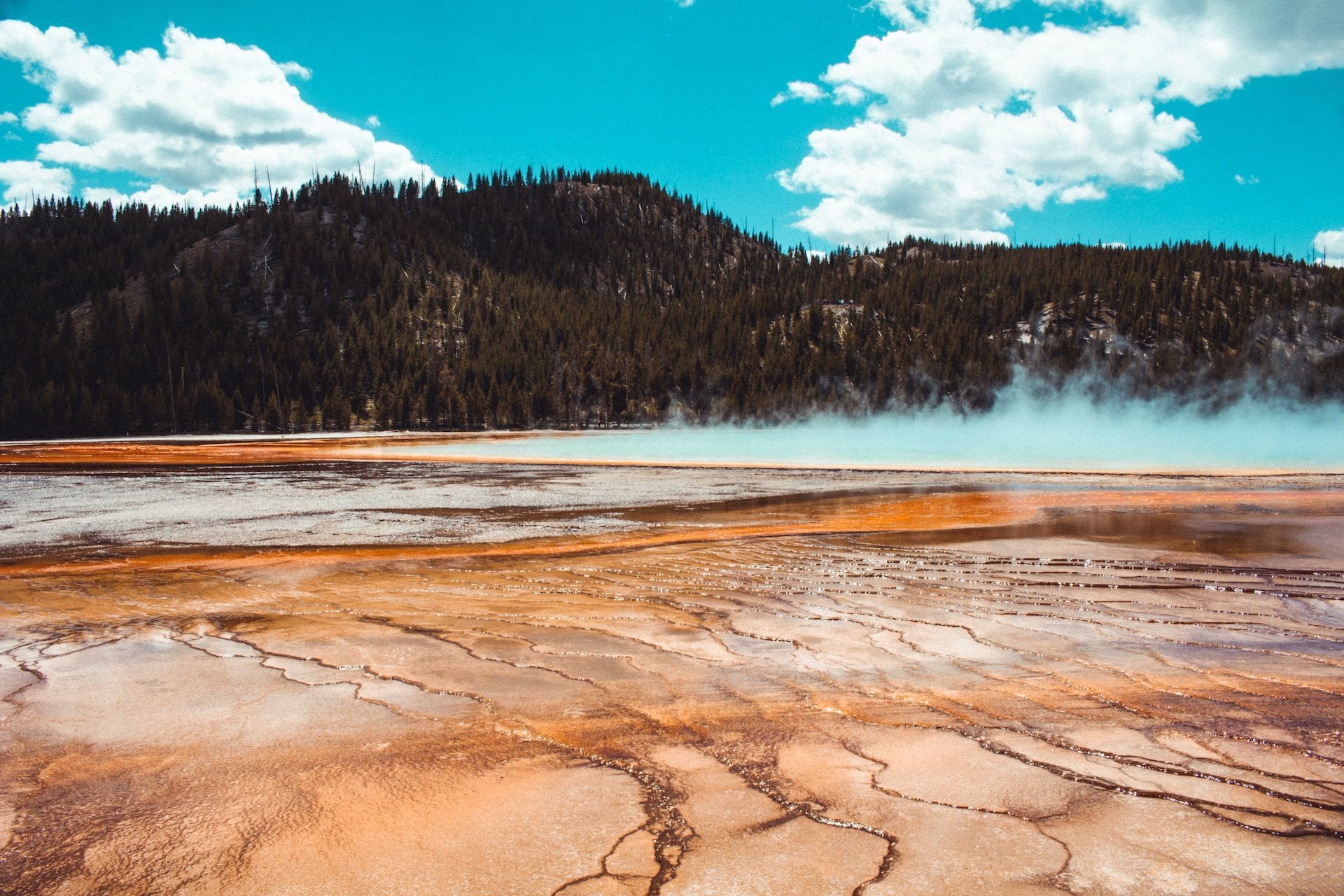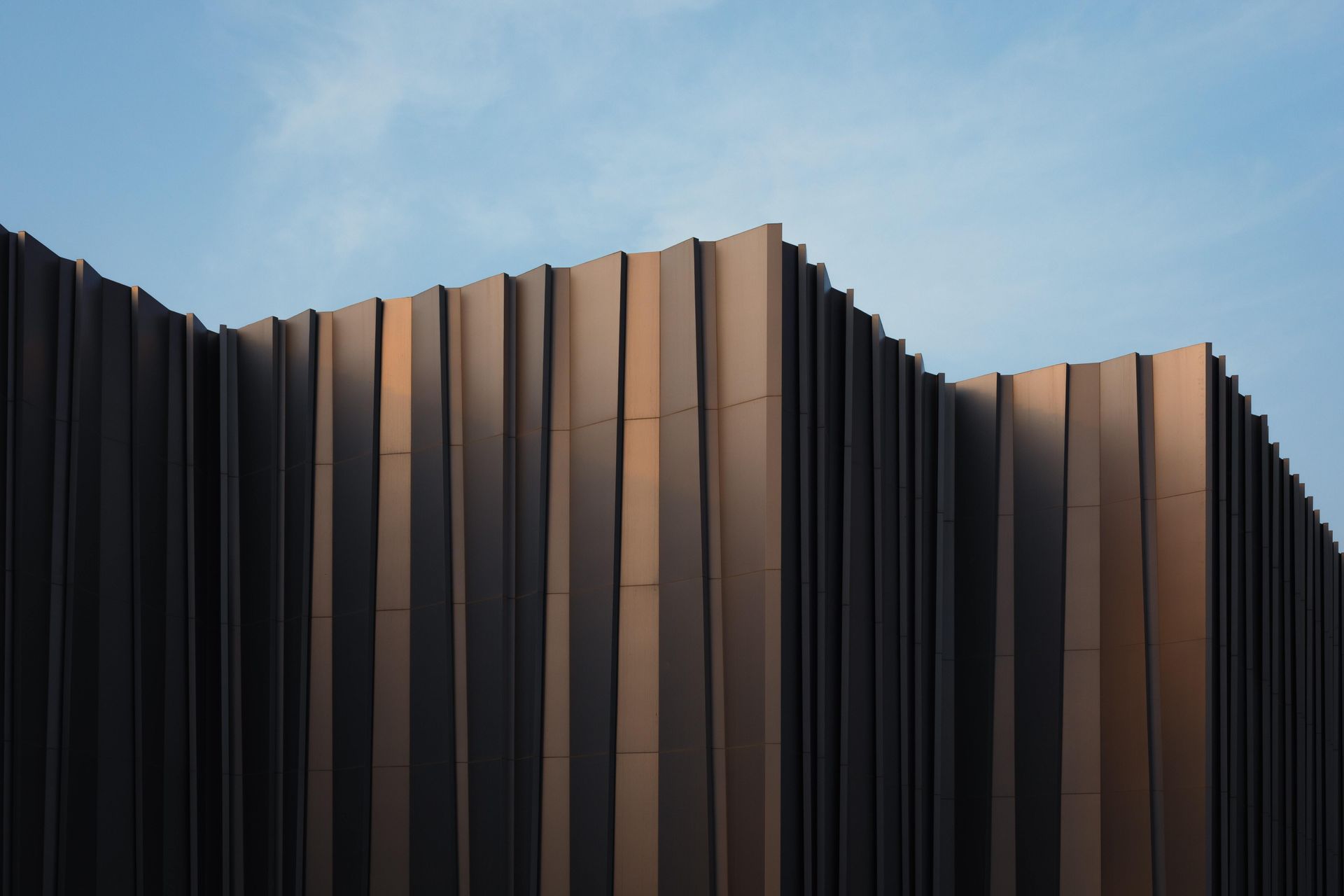Contact Us | Call: 01420 481573 | Email: info@mesh-energy.com
Ground source heat pumps: horizontal collectors Vs. vertical boreholes
In this post, we explain the benefits and key practical differences between the two most popular types of collector for ground source heat pumps.
Horizontal collectors or vertical boreholes?
Initial Disruption
Most of us understand that horizontal collectors require quite a bit of land to install; this is necessary to ensure correct spacing of collector pipes to maximise their efficiency. The pipes are often installed approximately 1.5m below ground level; usually in trenches spaced equally apart. To really maximise efficiency and safety, a large bulk excavation is undertaken and the pipe laid out like underfloor heating, ensuring an even distribution of heat is extracted. This kind of excavation requires big machines, time and space.
Many people are not aware that the collector area, once installed, will no longer be available for future tree planting, pond construction, driveways or any other construction as it has to be left porous and free from potential root damage. This can limit its application.
Boreholes too require a bit of mess at the start, and there is initial disruption with the physical installation i.e. drilling rig and other plant. However, when installed, the boreholes can be positioned under buildings, drives etc. and will take up far less space than horizontal collectors. Boreholes are often only 6” in diameter and have a small inspection chamber at the top of the hole.
Local Geology
Geology and ground conditions must be considered for both types of collector. Generally, the best areas for horizontal collectors are saturated or wetter areas of the site; to give the best long-term heat recovery and ensure lasting efficiency for years to come. Saturation is key to the horizontal collectors performing at their best. In our experience, the temperature within the collectors buried at 1.5m would fluctuate between 8ºC (cold winter) 14ºC (hot summer) at 1.5m depth, depending on seasonal fluctuations. As you go deeper into the ground, the temperature of the ground becomes much more stable and this is where boreholes come into their own.
Depending on the geology found on site, the temperature at 100m deep would remain at approximately 12ºC all year round, unaffected by seasonal changes. At these depths, the collector is well into the permanent water table level and would remain saturated all year round increasing conductivity too.
System Lifespan
Regarding the physical installation, i.e. pipework, provided that the correct materials are used for the installation and fusion welded, both ground loop and borehole systems should have a similar expected lifespan. It is anticipated that both systems would be in excess of 50 years, theoretically longer as there should be very little degradation to the plastics used as they are not exposed to sunlight. Both systems would require the glycol (heat transfer fluid) to be changed periodically.
It is imperative that there are no mechanical connections underground which cannot be mapped and ultimately be reached if necessary. Best practice would minimise joints in the system as far as is possible.
The collector system should always be checked annually when the heat pump is serviced to ensure that all of the collector loops are working correctly.
Money, Money, Money
A true cost comparison should be made between the systems after full design. However, horizontal collectors are typically cheaper than boreholes as specialist drilling equipment is not required. This can vary between a 0% – 30% reduction in cost depending on some of the following factors.
- Poor local geology: requiring a larger collector field than normal
- Protection for the horizontal collector against sharp stones or other underground features
- Time spent excavating the trenches
- Landscaping: levelling, reseeding and revisiting this after the trenches have settled
- For horizontal collectors, ground reinstatement could be considerable depending on the finished specification for landscaping
Generally, for a single vertical borehole, costs are around £10,000 (due to high initial equipment mobilisation costs) but for multiple boreholes that cost can drop to nearer £6,000 per borehole.
If you dig trenches to put horizontal collectors in, costs work out to be around half that of doing a bulk excavation, so it is important to understand your overall strategy to nail down the project costs and stay within budget!
System Efficiency
Even in a perfectly designed ground collector system, their relative proximity to the surface means that there is potential for seasonal changes in ground temperature, and slightly increased heat pump inefficiency during winter. And the same effect can happen in summer if you are cooling a building; when using the warm ground to cool water to be used in the building for active cooling.
Boreholes conversely benefit from far greater depths and the water table and are not affected by the same fluctuations that horizontal loops are. As a result, it enables your heat pump system in a cold winter to be running at the same efficiency as in warmer weather. When cooling, this is particularly beneficial and, as a result, boreholes are often used in office complex installations because of this superior cooling property.
Each collector type has its pros and cons. The best solution for your build will depend on cost, local geology, and bespoke technical requirements. Either way, you will be pleased to hear that the expertise for design and installation in this complex area is close at hand.
If you still have any questions about ground source heat pumps, or anything else to do with your low-energy home,
please don't hesitate to
contact the Mesh team today.



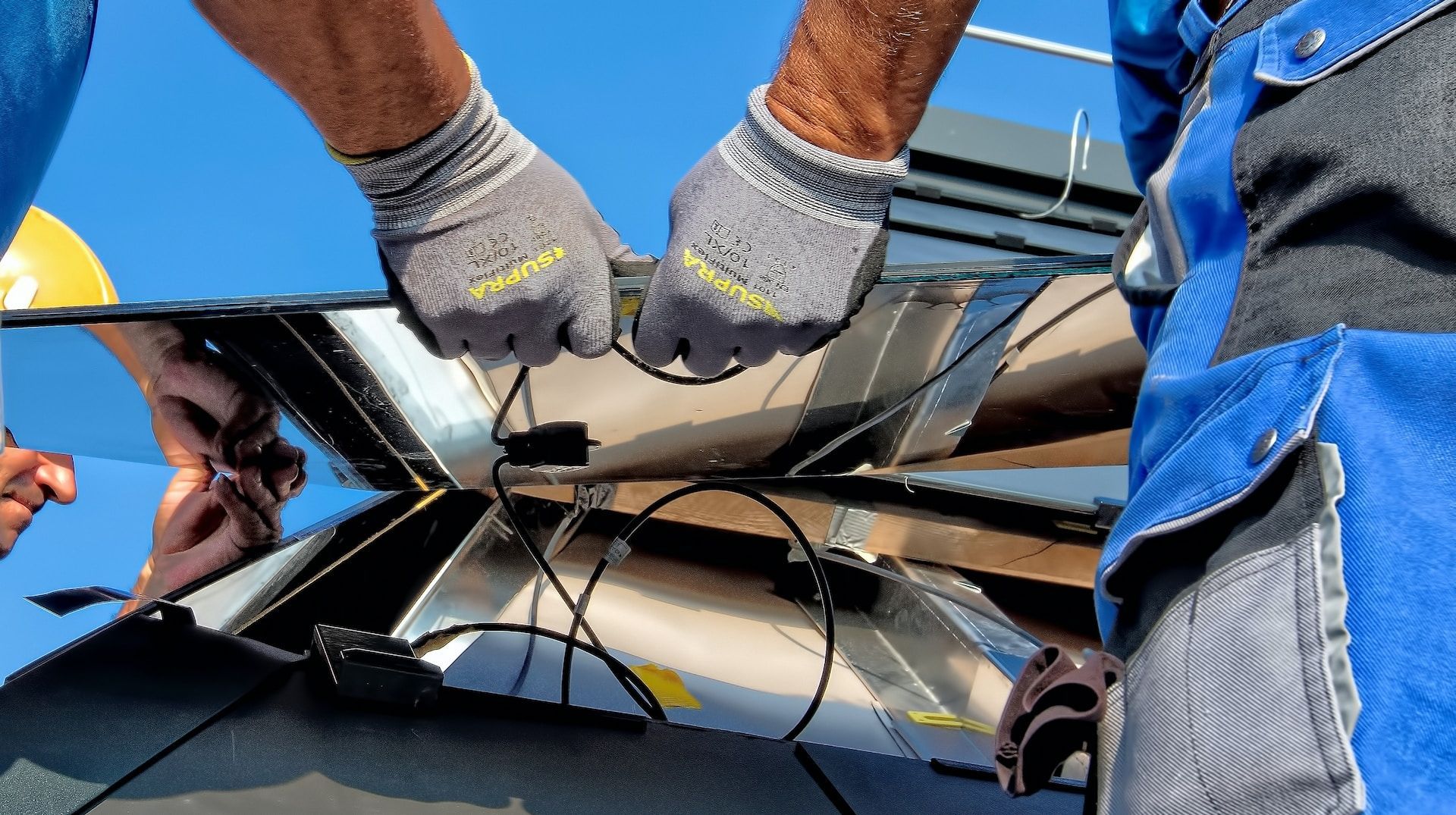
Subsribe to memo from mesh
Thank you for subscribing to the Mesh newsletter. Keep an eye out for our value-packed emails landing in your inbox!
Please try again later
RIGHT FIRST TIME BOOK
Order your copy today
DOWNLOAD THE HEAT PUMP HERO APP
Calculate your savings and source accredited installers today
Address: Cambridge House, 8 East Street, Farnham, England, GU9 7RX |
Tel: 01420 481573 |
Email: info@mesh-energy.com
Company No. 09524252 •
Privacy Policy


